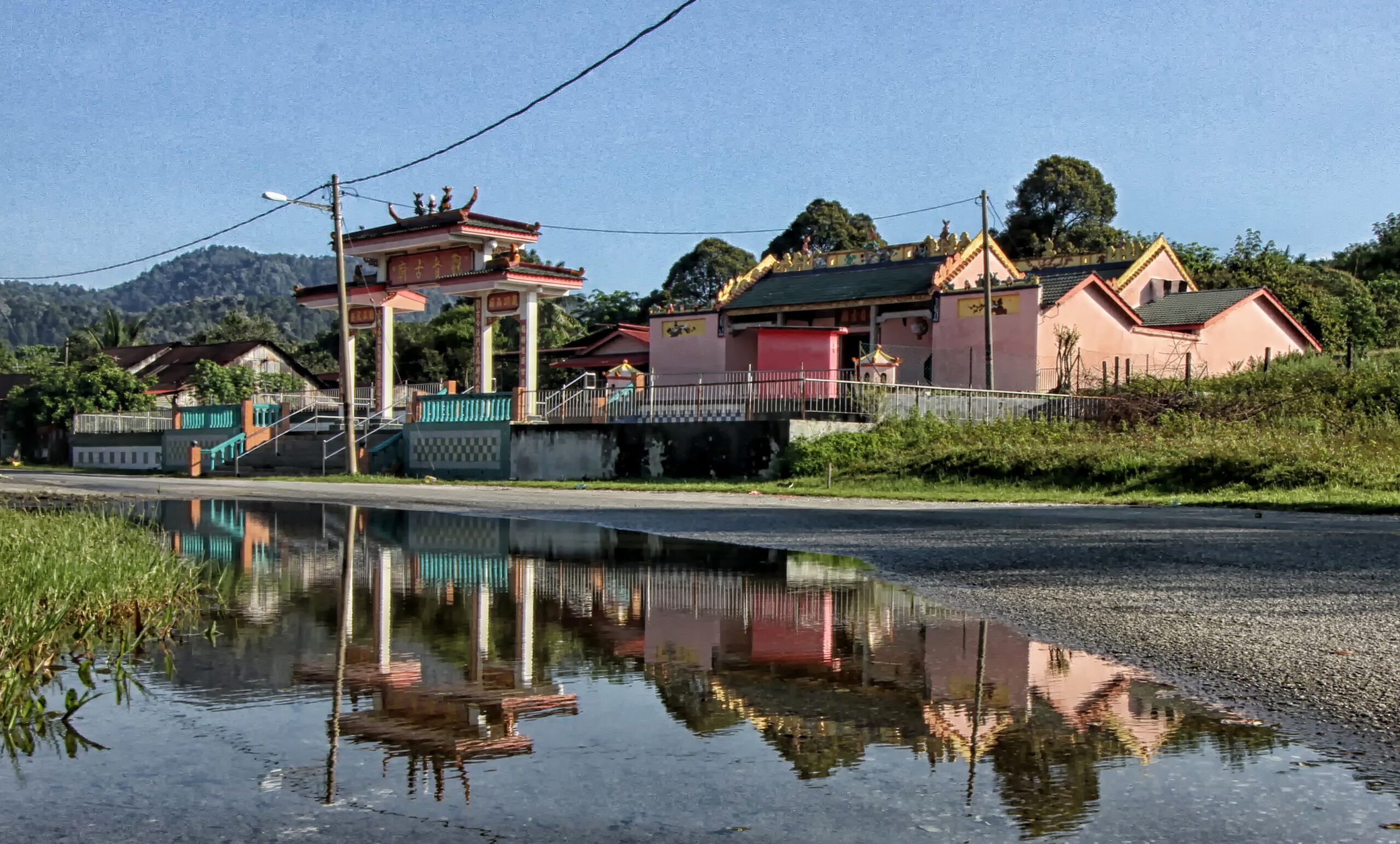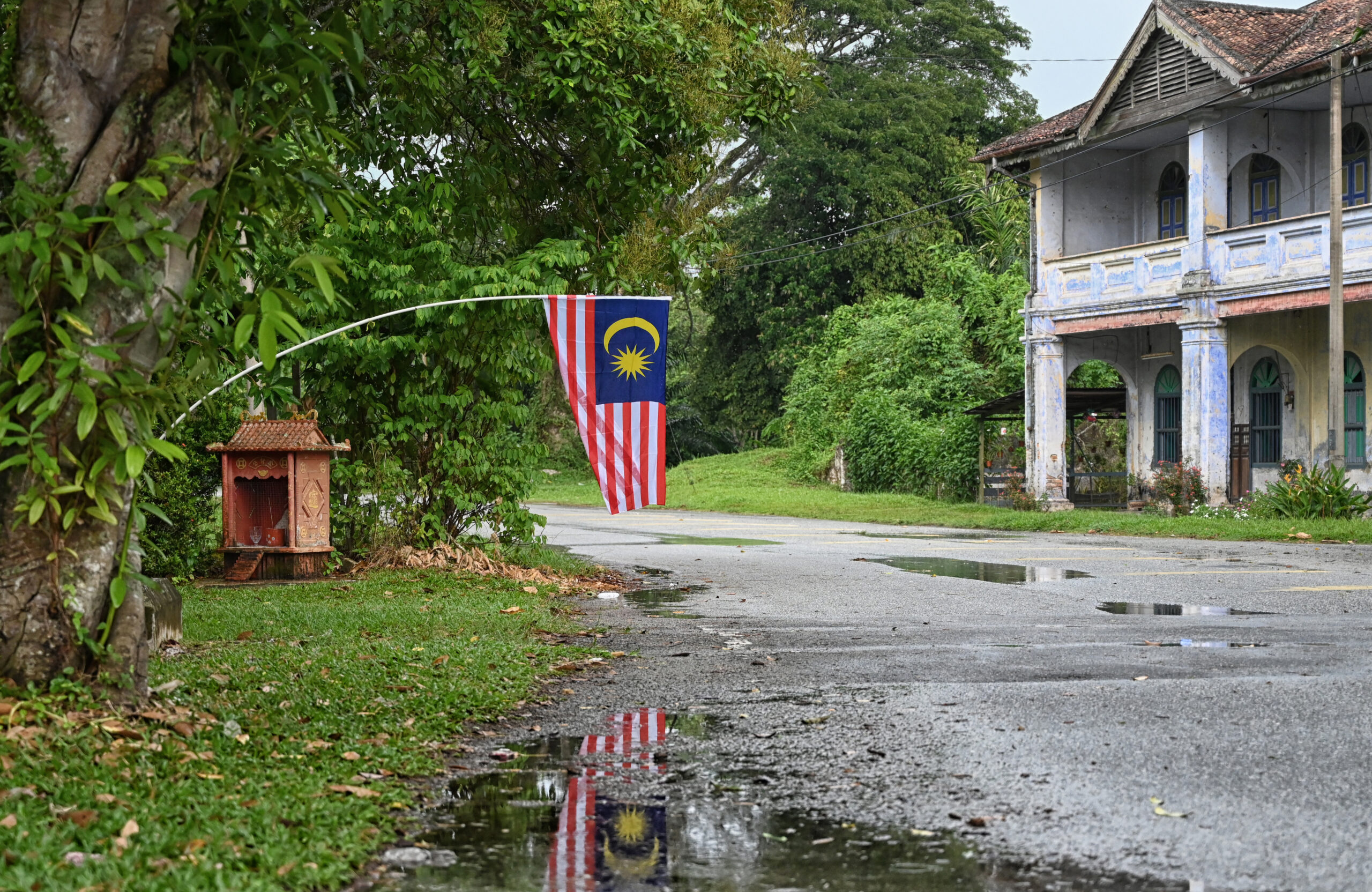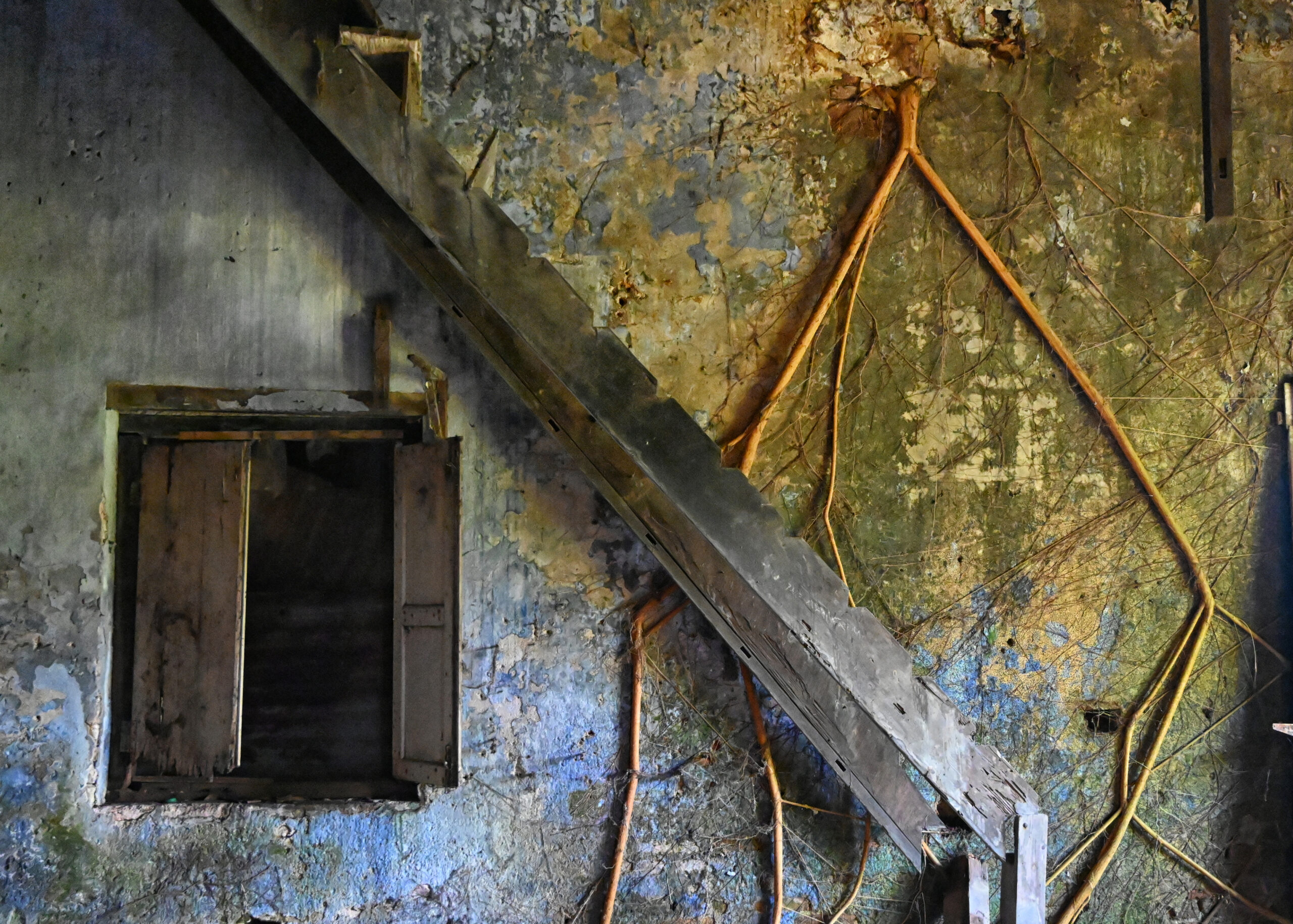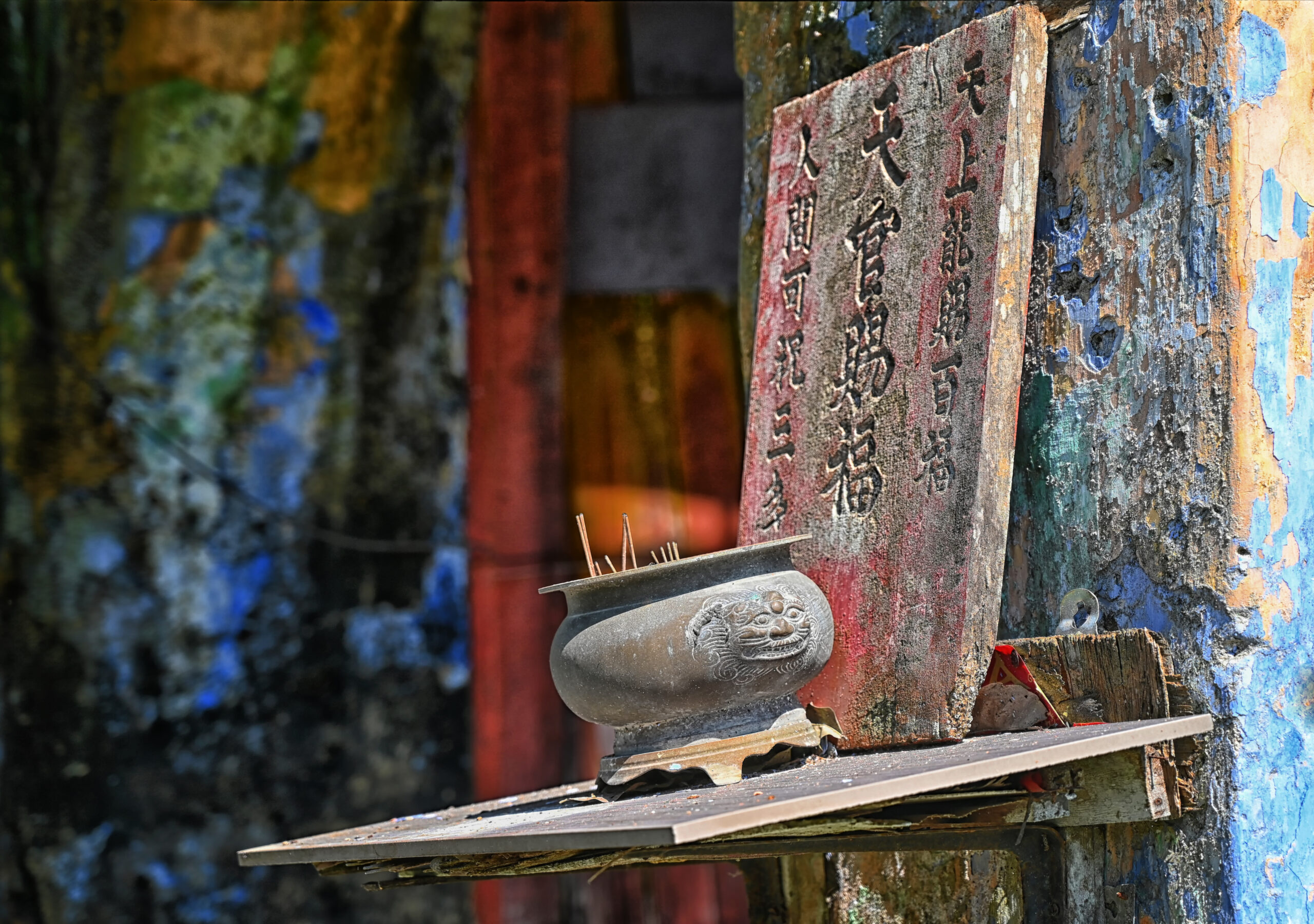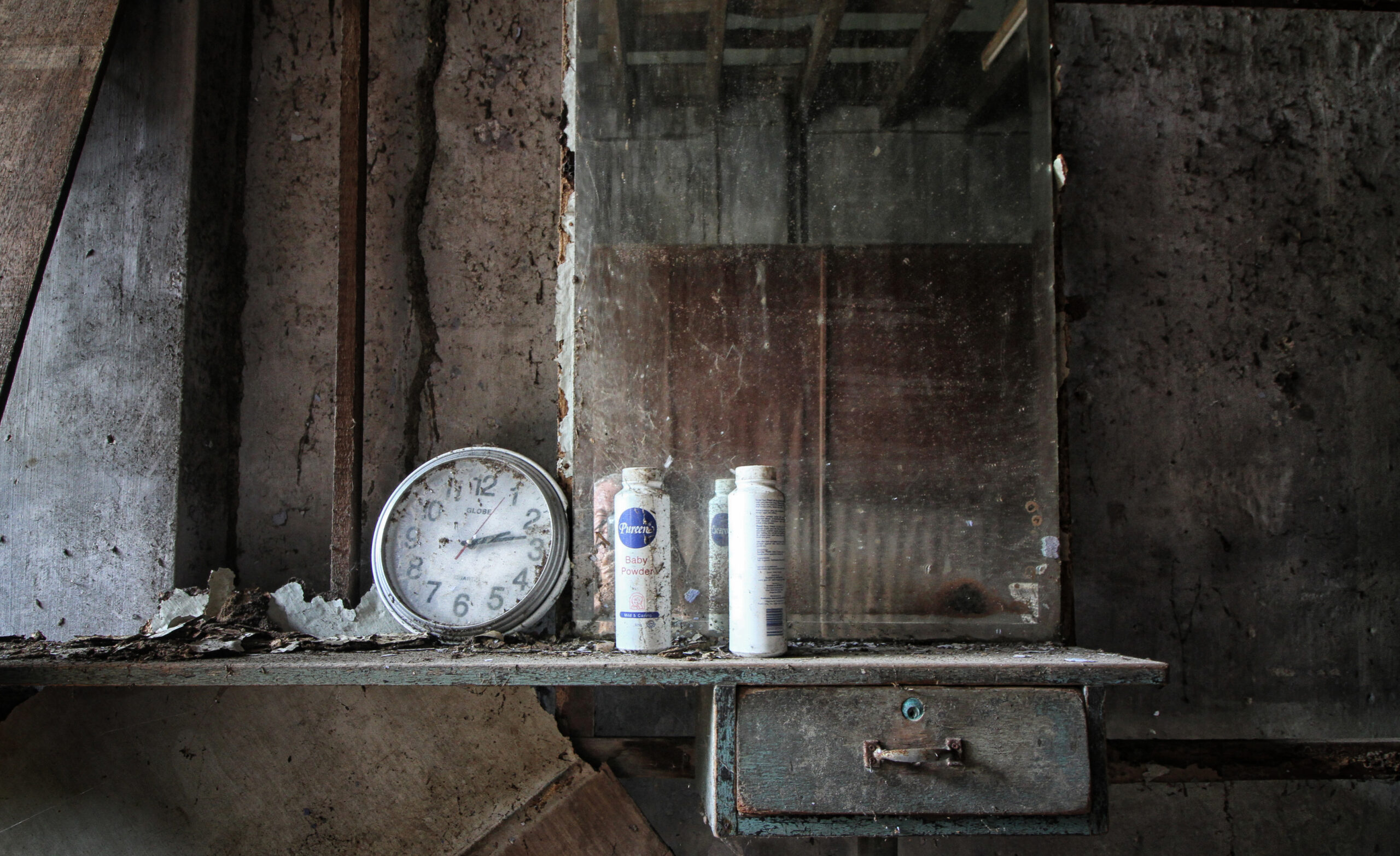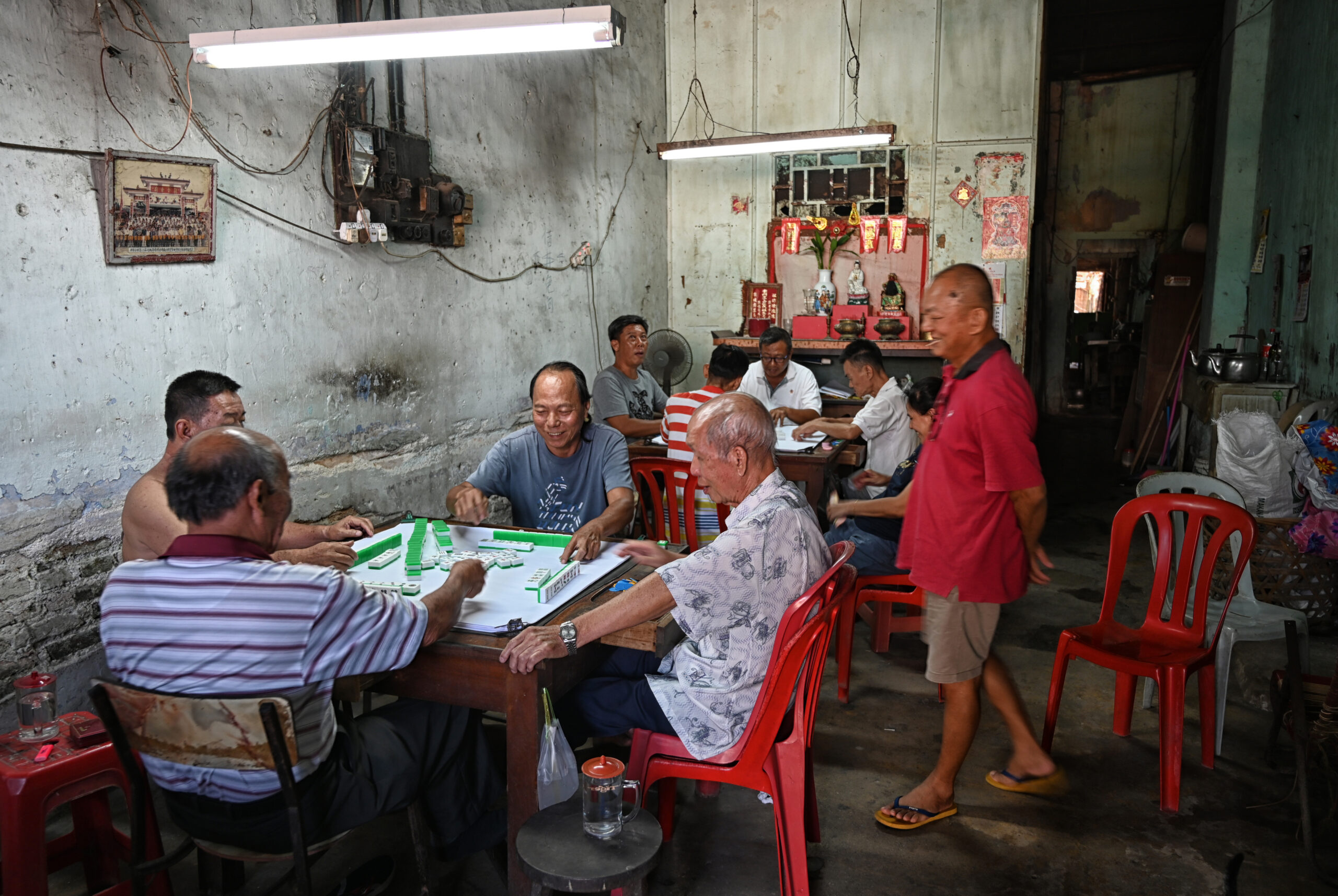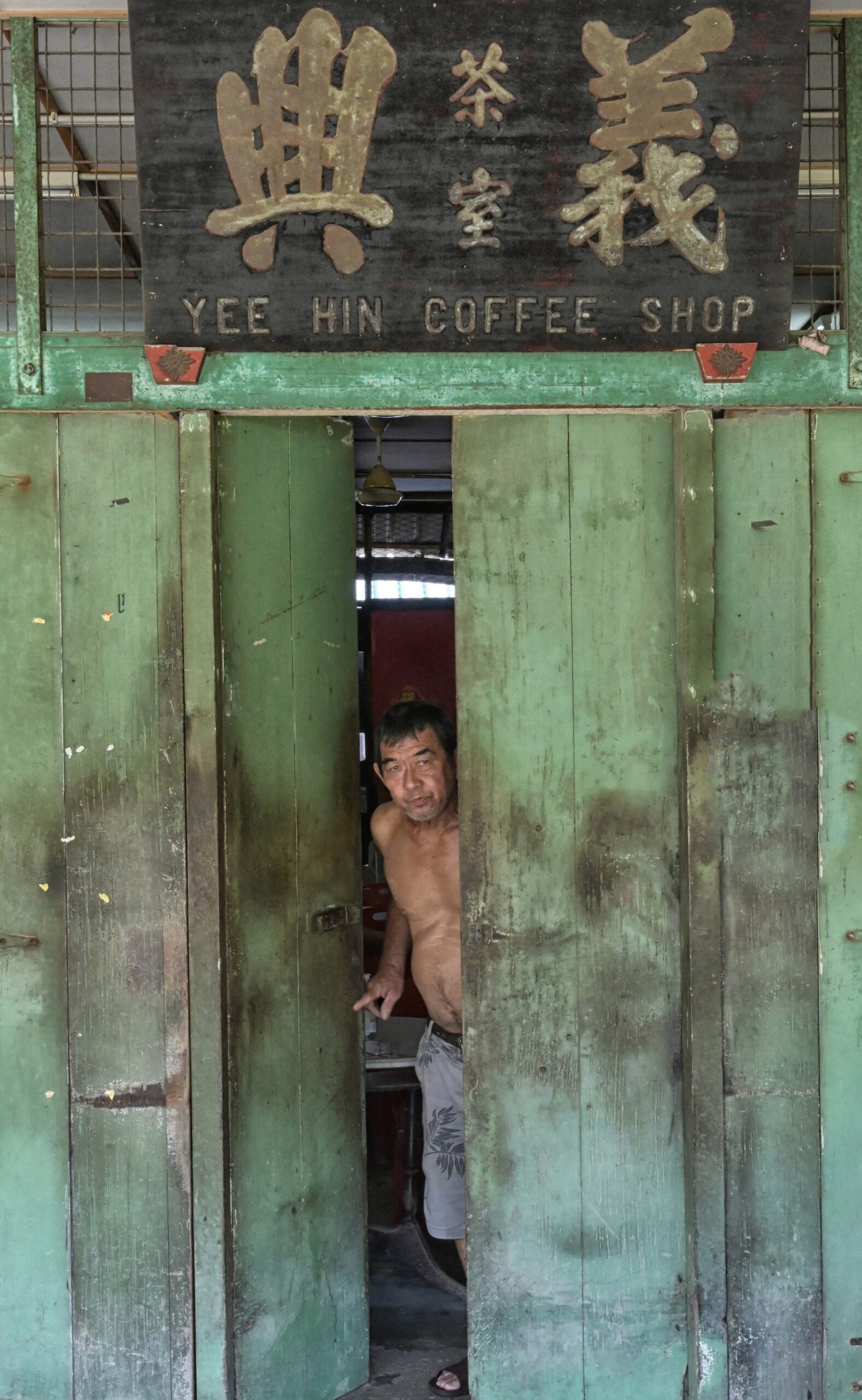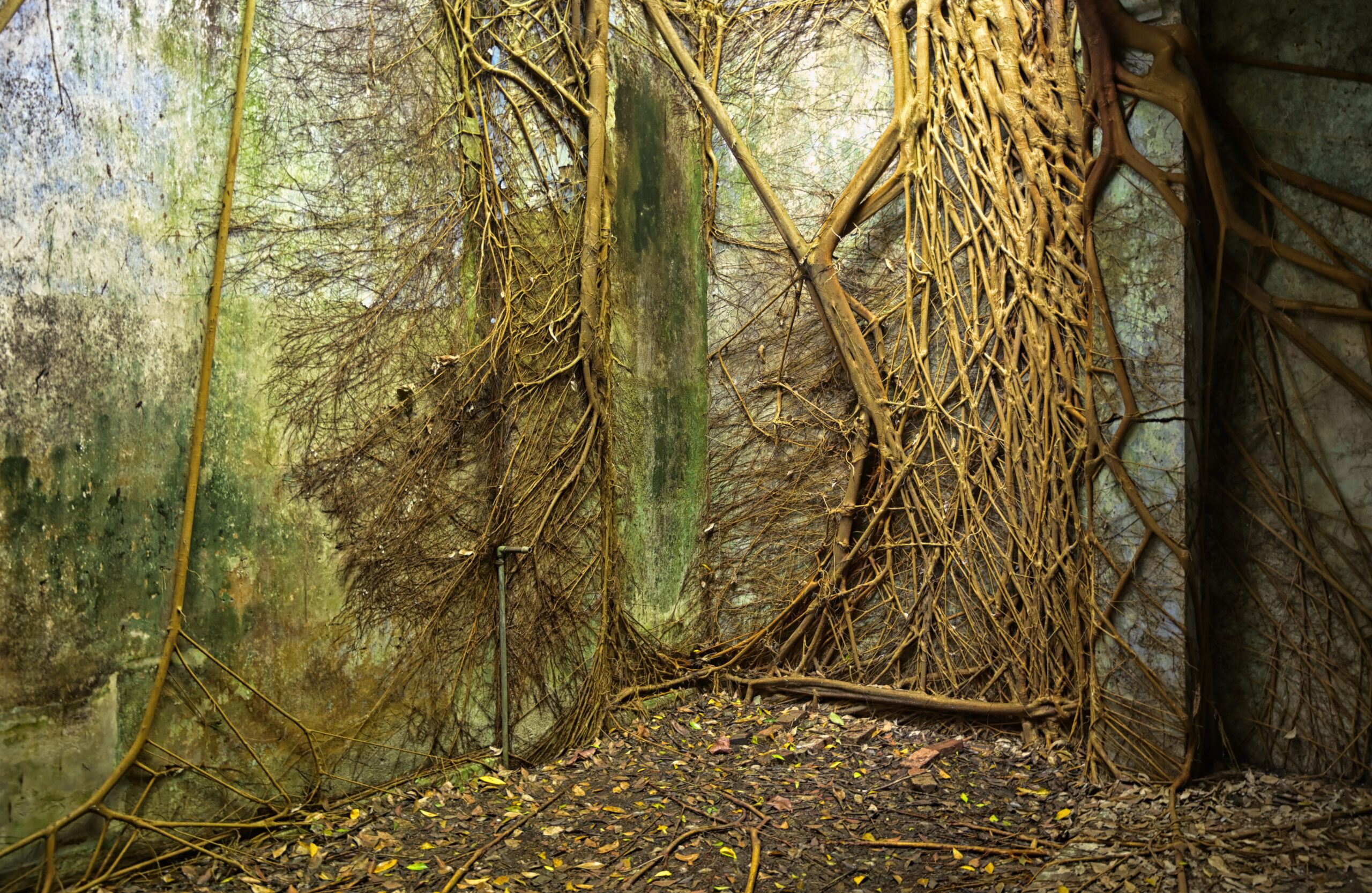Drivers rarely take the right turn on Federal Route 5, the road joining northeastern Malaysia’s Ipoh and Lumut. Those who do are taken back to a hidden prestigious past era when the local tin industry thrived.
Papan is a small village in the state of Perak, established as a settlement under their leader Raja Bilah around 1882. The Malay word for “plank,” its name references its origins as a timber town. But a few years later, the discovery of large quantities of ore in the area transformed it into a mining town.
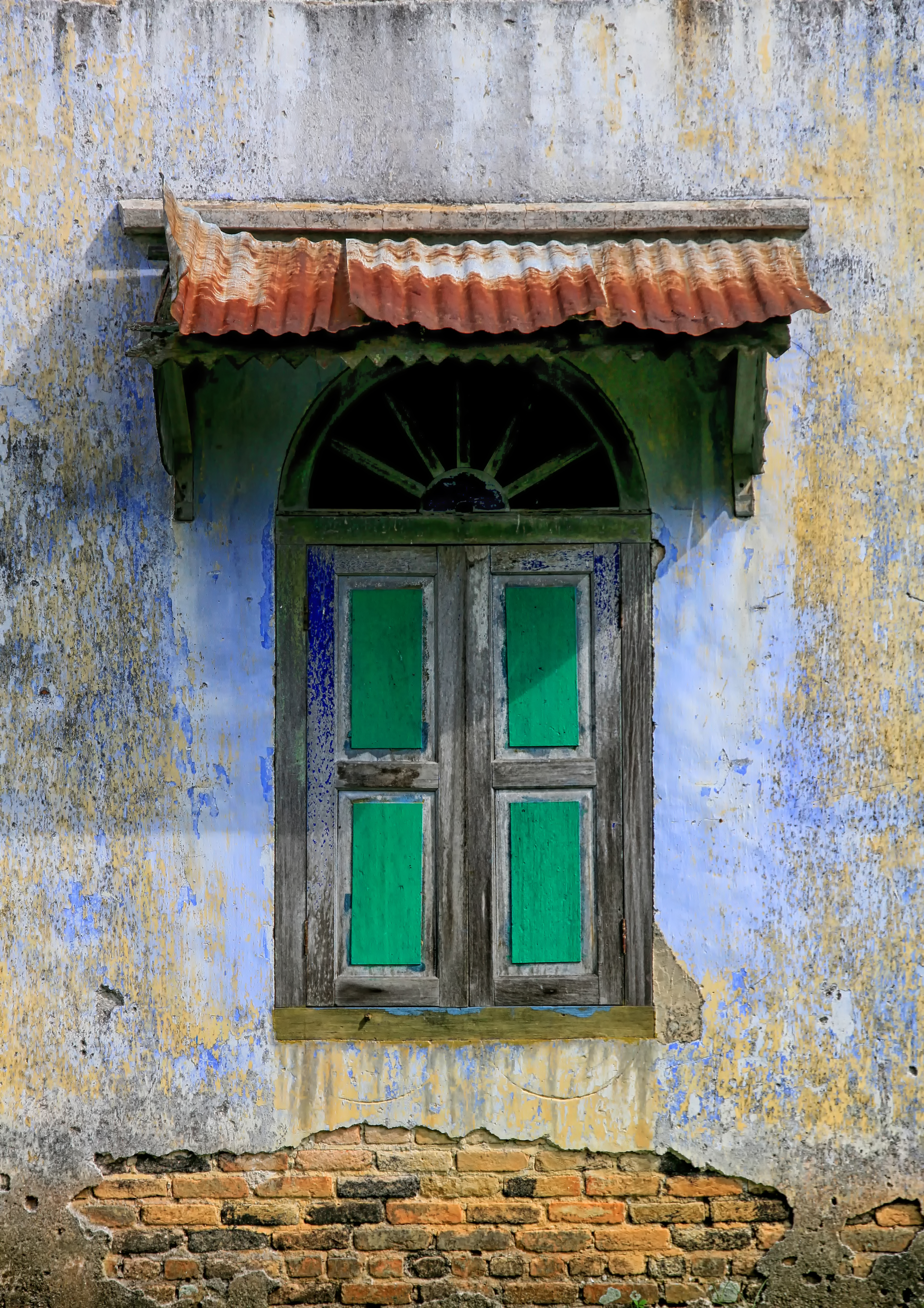
Tin mining was an early driving force behind Malaysia’s economic development. By 1904 Malaya – a group of British colonies on the Malay Peninsula – was producing 50,000 tons of tin annually, more than half of world output, due to growing demand from Europe.
The boom fuelled a pulsating centre of people and activity in Papan, until the Great Depression and competition from rising regional players such as Indonesia and Thailand, took the shine off the sector in the early 20th century.
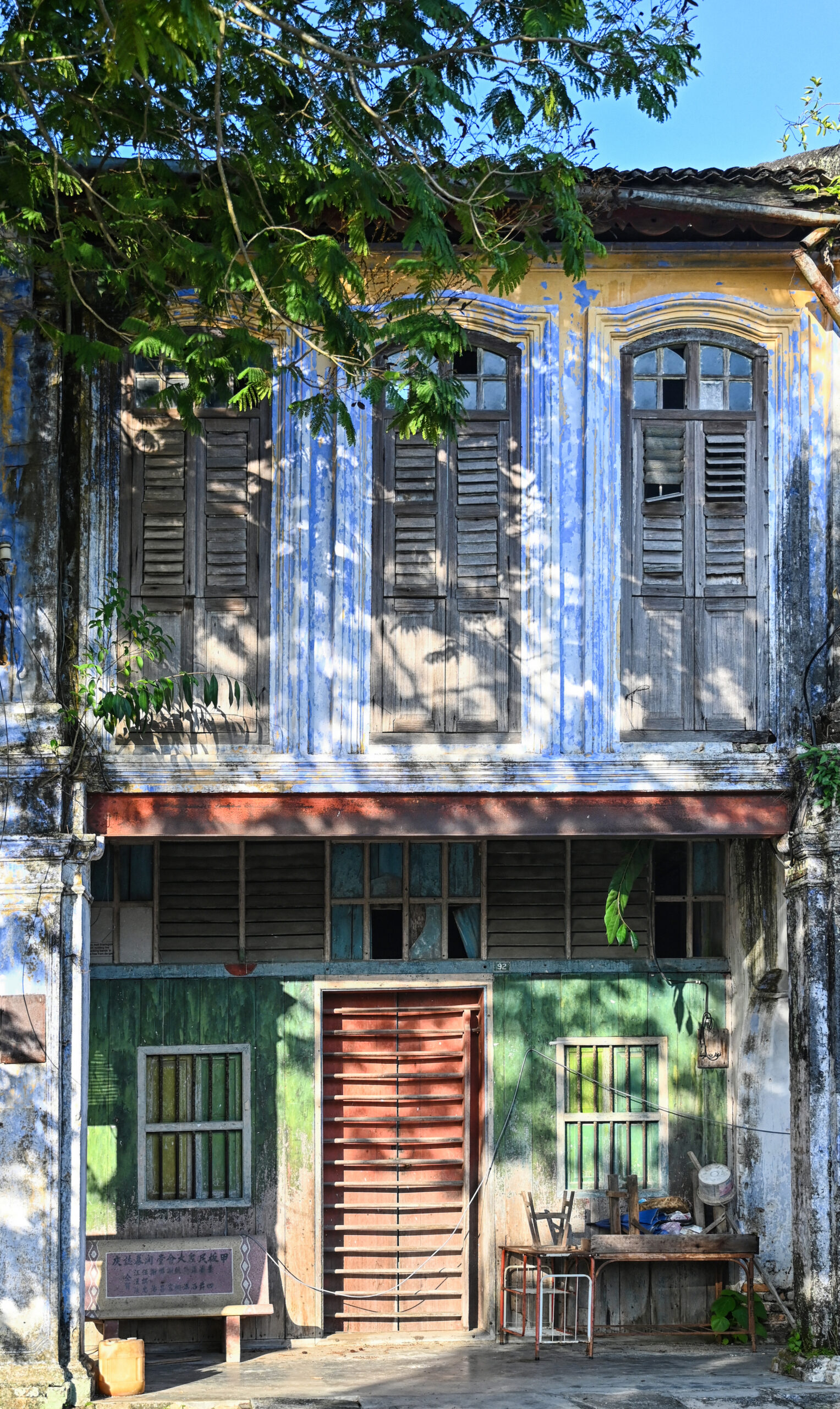
But even as the country considers a modern tin resurgence, Papan remains a shadow of its rich tin mining past.
Today, 30 people inhabit the traditional style shophouses that populate the old village. Around 300 still live in wooden houses built during the 1968 – 1989 Communist Insurgency period and style.
Most of the remaining inhabitants enjoy Papan’s slow pace of life..
Traditional colonial Chinese houses in various conditions line Papan’s main road. A few are slightly maintained and have rudimentary renovations to allow families to still live there with the bare minimum. Many are dilapidated and in a state of disrepair with branches of invading trees clawing their way up the old stone walls.
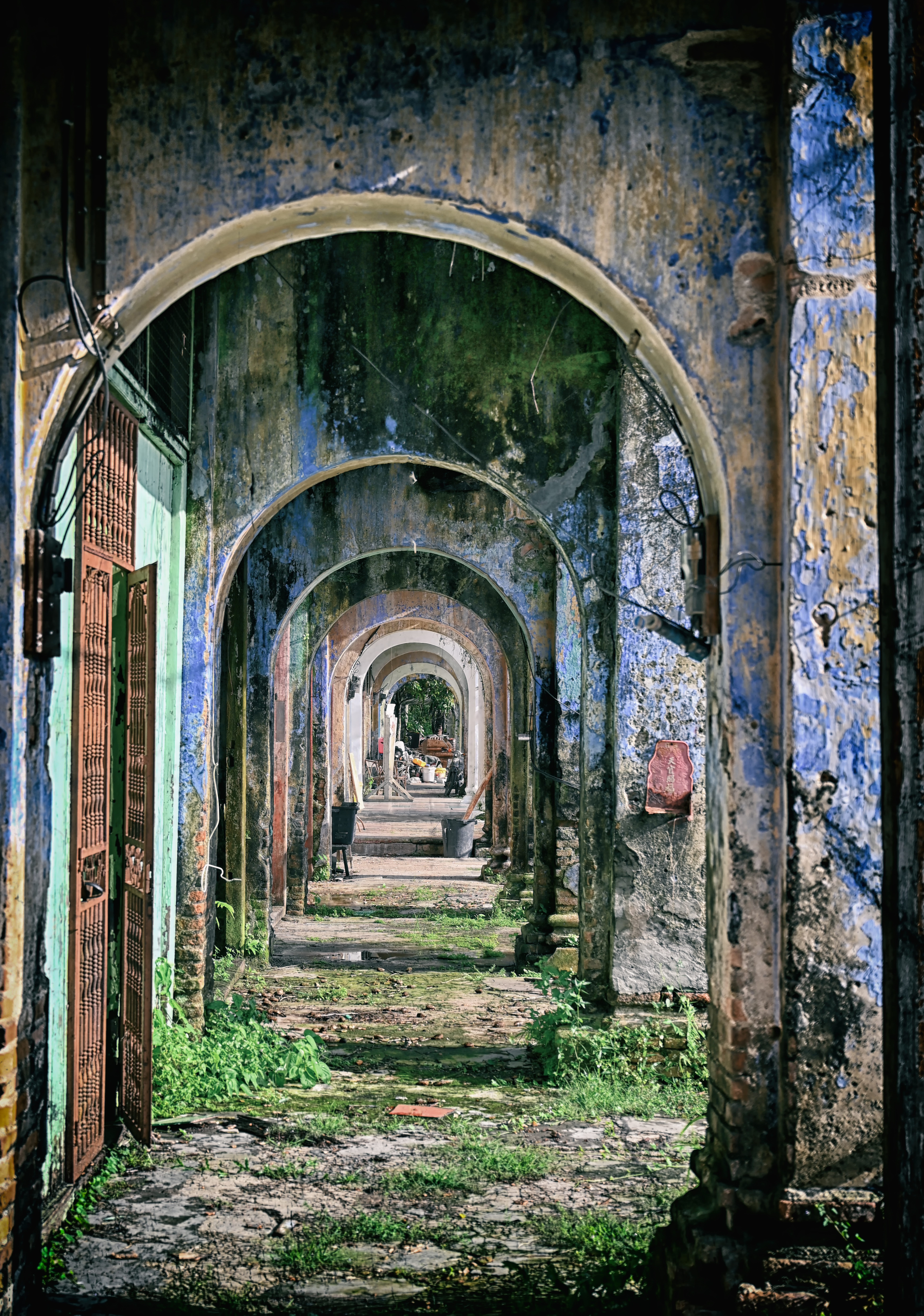
Current village chief, Leong Wai Fan, remembers a very different atmosphere.
“When I was a kid, the main street was very lively and busy. I still remember there were five grocery stores, five kopitiams, five noodle stalls and a morning market,” she recalled. “The decline of tin mining during [the] 1980s forced the majority of the villagers to leave Papan to look for opportunities elsewhere.”
As prospects dimmed, some villagers turned their attention to new pursuits, such as agriculture. Leong remembers her family destroying their tin palong – an elevated sluice-box, a container used in the mining process to trap heavier metals at its base as water rushes through it – to make space for farming. Many others just abandoned the town. Empty infrastructures have been taken over by roots and young banyan trees.
“Banyan trees can’t tolerate humans,” remarked Leong.
Many of the younger residents have left the village to seek jobs in larger towns or cities. But life still buzzes in some of the buildings. Two houses still host coffee shops and another is a small grocery store. Locals use another for their mahjong gatherings. Vestiges of a barber’s practice, abandoned four years ago, fill an empty salon. And behind a closed door, a decaying facade and a crumbling roof, is the home of war-time heroine Sybil Kathigasu.
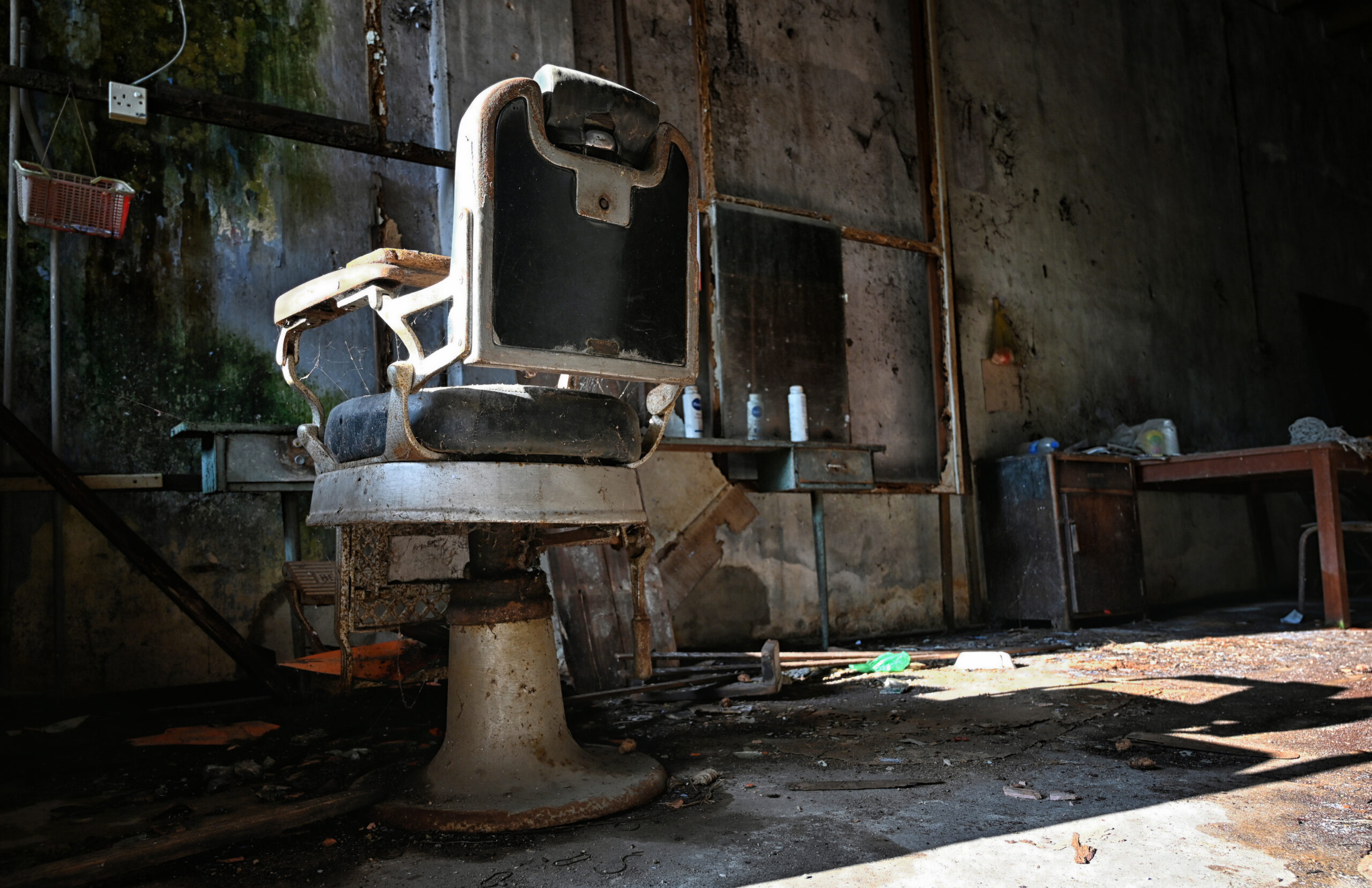
Kathigasu was born on 3 Sep 1899 in Medan, Sumatra. She was of French and Penang Eurasian descent and spoke fluent Cantonese. She was a trained nurse when she married Dr. Abdon Clement Kathigasu where they ran a clinic in Perak, Malaya from 1926.
After Japanese troops arrived on 26 Dec 1942, Kathigasu and her husband quietly supplied medicines, medical services, and information to the resistance forces during the Japanese Occupation, until they were arrested in 1943.
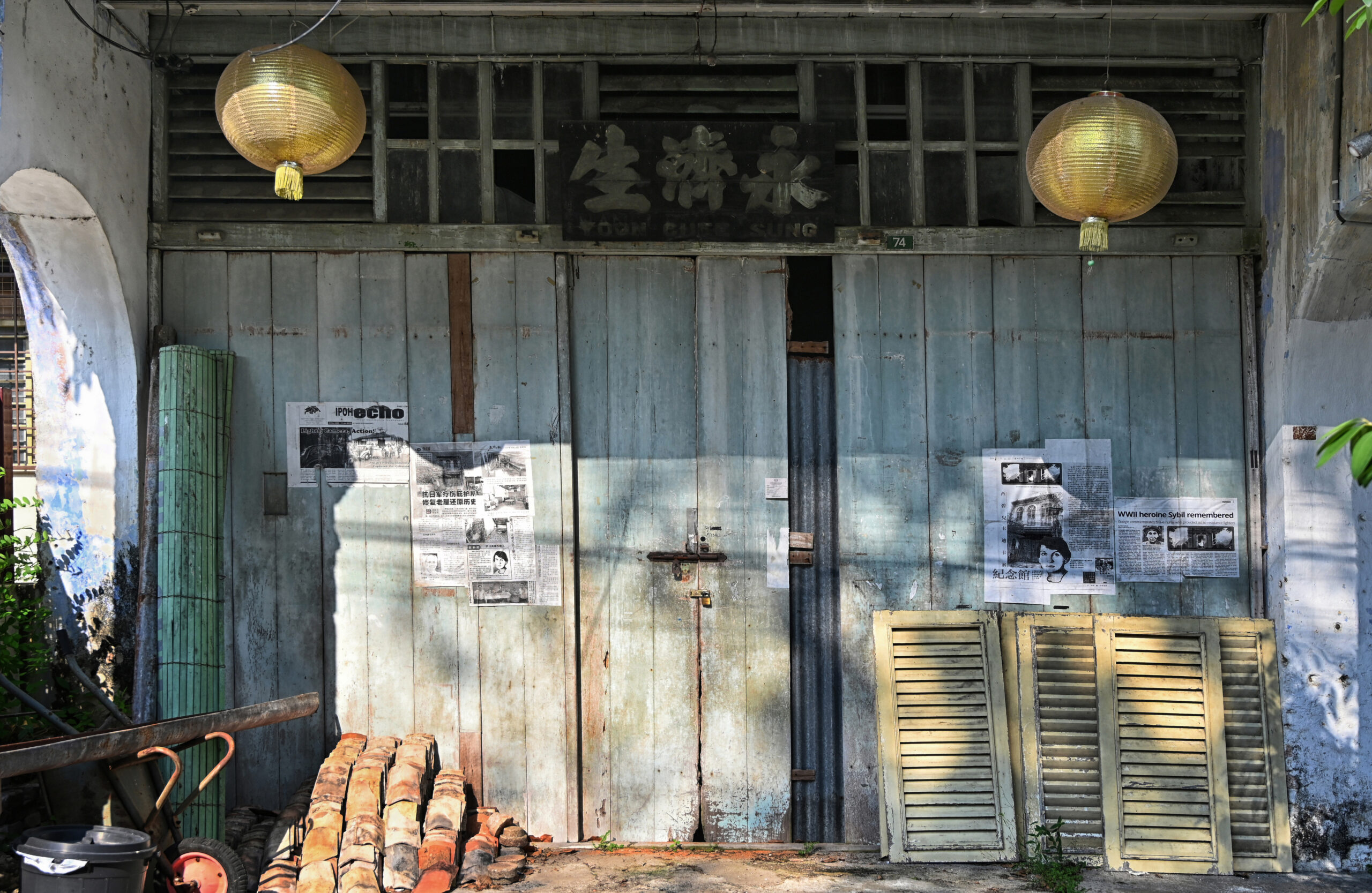
The forgotten past sits alongside the hyper-modern in Papan. Next to Kithigasu’s house is a modern and high tech Chinese school replacing the old one from which only the original signage remains.
But the real gemstone of Papan is the main house of the village’s founder, Rajah Bilar, a leader from the Mandailing ethnic group from the south-west corner of the province of North Sumatra, who travelled from Indonesia to Malaysia to search for better opportunities. from an abandoned mansion and its wooden mosque. The main mansion building and its accompanying wooden mosque was renovated by the government with intention to turn it into a museum, though the project was abandoned soon after. There are two elderly ladies living in the compound, one is Bilar’s direct descendent.
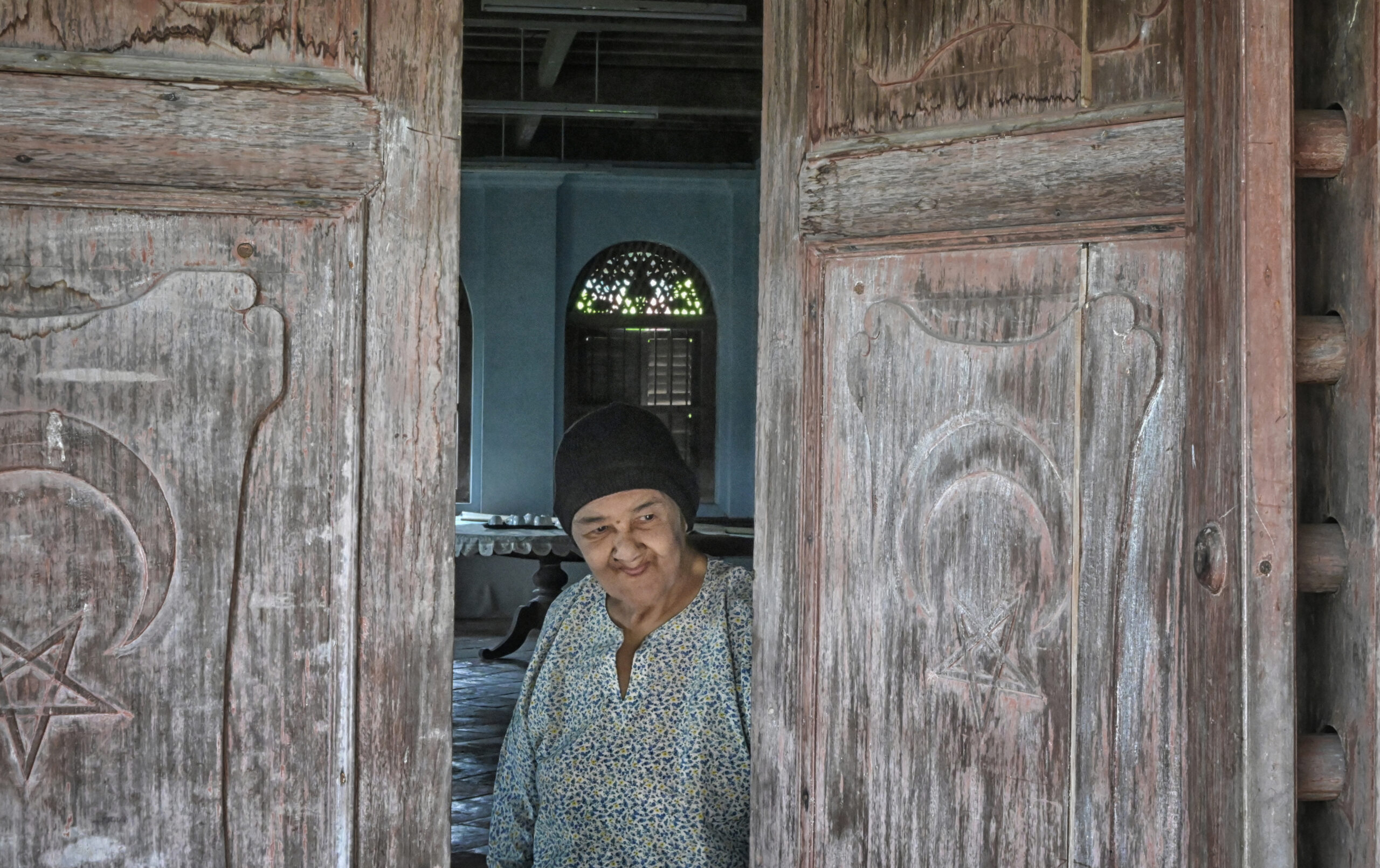
Local accounts say that one evening workers from the mill witnessed the apparition of Guanyin. As a consequence the sawmill was transformed into a temple devoted to the goddess in 1898.
At sundown, egrets normally pass the village on their way from a nearby forest back to their nests in Batu Gajah. Visitors entering or leaving Papan might see a local herd of buffalo or horses grazing around the nearby river.
It is these visitors that hold the key to Papan’s survival, Leong believes. She hopes that involving villagers in tourism projects will re-instill a sense of local pride and community, and help preserve the memories of a bygone tin-mining era and a cherished childhood.
“My childhood memories are from every corner of Papan Village, our playground,” she said.
